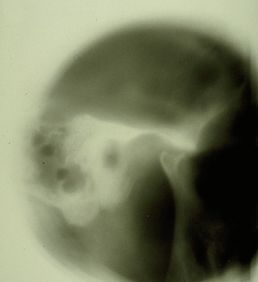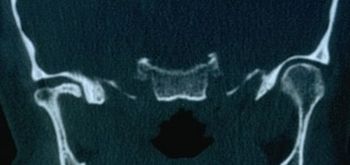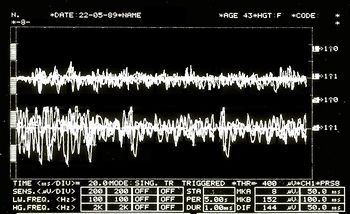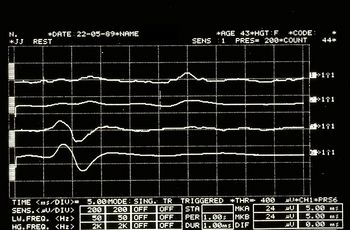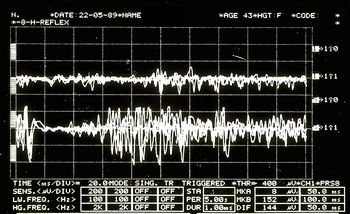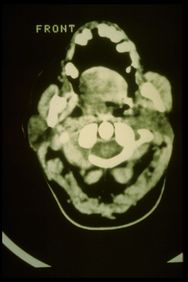Considérations finales
Nous avons parcouru un chemin long et tortueux pour mieux comprendre la complexité rencontrée par le confrère aux prises avec la très lourde responsabilité éthique de poser un diagnostic. Cependant, cette tâche devient encore plus complexe lorsque nous devons être détaillés et prudents dans l'établissement d'un diagnostic différentiel. Ici, nous entrons dans un sujet délicat, qui est lié au contenu épistémologique et qui a d'abord été rapporté dans l'"Introduction". On parle de:
- Interdisciplinarité :
En politique scientifique, il est généralement reconnu que la résolution de problèmes basée sur la science nécessite une recherche interdisciplinaire (IDR), comme le propose le projet européen Horizon 2020.[1] Dans une étude récente, les auteurs se concentrent sur la question de savoir pourquoi les chercheurs ont des difficultés cognitives et épistémiques à réalisation d'IDR. On pense que la perte d'intérêt philosophique pour l'épistémologie de la recherche interdisciplinaire est causée par un paradigme philosophique de la science appelé "Physics Paradigm of Science", qui empêche la reconnaissance des changements importants de l'IDR à la fois dans la philosophie de la science et de la recherche. Le paradigme philosophique alternatif proposé, appelé 'Engineering Paradigm of Science', fait des hypothèses philosophiques alternatives sur des aspects tels que le but de la science, le caractère de la connaissance, les critères épistémiques et pragmatiques pour l'acceptation de la connaissance et le rôle des outils technologiques. Par conséquent, les chercheurs scientifiques ont besoin d'échafaudages dits métacognitifs pour les aider dans l'analyse et la reconstruction de la façon dont la « connaissance » est construite dans différentes disciplines. Dans la recherche interdisciplinaire, les échafaudages métacognitifs aident la communication interdisciplinaire à analyser et à articuler la manière dont la discipline construit les connaissances.[2][3]
This concept is linked to the previously discussed topic in which the colleague should be aware of his own 'Subjective Uncertainty' (due to a classic logic language 'sick or healthy') and of 'Objective Uncertainty' (due to a probabilistic logic language 'probably sick or probably healthy'). It is not complicated to prove this assertion: the uncertainty we are talking about derives from the fact that the elements, assertions, data, classes and subclasses mentioned and that build the apparatus of the logic of probabilistic's language: Analysandum and Analysan are elements that exist in a specific world, and in this case in a dental context in which the element of the process indisputably indicates a "basic knowledge" only in a specific dental context.
This conclusion confirmed by the dentist was the following:
or better: it is my 95% belief that Mary Poppins is affected by TMDs since she has a degeneration of the temporomandibular joint in addition to the positivity of the data But something strange happens because out of nowhere, a researcher, who uses 'metacognitive scaffolds'[4] for an implementation in the analysis and reconstruction of how 'knowledge' is built in different disciplines, demands an answer to the following question from the dentist:
«...is there another world or context, parallel to yours, in which in addition to the D data there are further data unknown to you?»
|
and increase the dose: submit Mary Poppins to the following trigeminal electrophysiological tests, label them as we did previously for the set data generating another set containing a number of unknown data (not belonging to the purely dental branch) thereby creating an entirely new set that we will call (called precisely due to the presence of data unknown to the dental context).
Positive radiological report of the TMJ in Figure 2
Positive CT report of the TMJ in Figure 3
Positive axiographic report of the condylar traces in Figure 4
Asymmetric EMG interference pattern in Figure 5
Jaw jerk in Figure 6
Mechanical Silent Period in Figure 7
CT right masseter muscle in Figure 8
Third Clinical Approach
(hover over the images)
In this way it has been shown that, inevitably,
By exploring this perimeter line of the specialist context, we will create an area close to it which we will call the 'fuzzy zone' or 'fuzzy logic' which we will discuss in the next chapter.
«... from what it seems not even with a probabilistic language logic we will be able to define an exact diagnosis.»
(in fact, for this reason we should also consider Fuzzy Logic Language) |
- ↑ European Union, Horizon 2020
- ↑ Boon M, Van Baalen S, «Epistemology for interdisciplinary research - shifting philosophical paradigms of science», in Eur J Philos Sci, 2019».
DOI:10.1007/s13194-018-0242-4 9(1):16. - ↑ Boon M, «An engineering paradigm in the biomedical sciences: Knowledge as epistemic tool», in Prog Biophys Mol Biol, 2017».
DOI:10.1016/j.pbiomolbio.2017.04.001 - ↑ Boon M, Van Baalen S, «Epistemology for interdisciplinary research - shifting philosophical paradigms of science», in Eur J Philos Sci, 2019».
PMID:30873248 - PMCID:PMC6383598
DOI:10.1007/s13194-018-0242-4
This is an Open Access resource!
particularly focusing on the field of the neurophysiology of the masticatory system

















